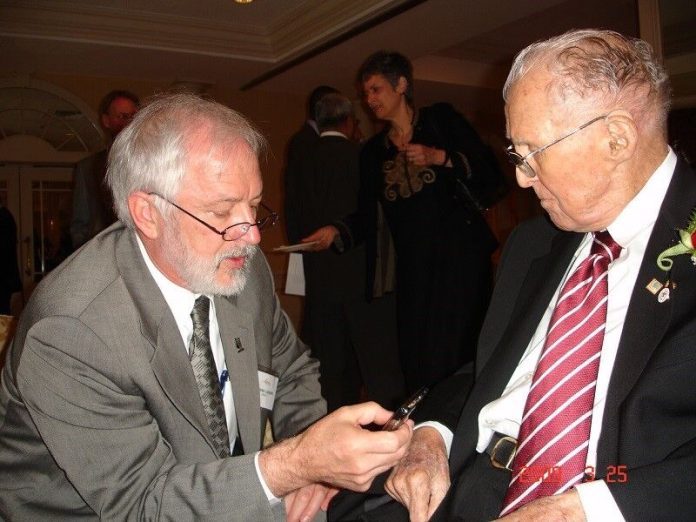American agriculturalist and professor at Washington State University, Thomas Lumpkin, was one of the earliest American students to come to China after the formal establishment of diplomatic relations in 1979. Recognized for his outstanding contributions in globally promoting Chinese farming methods and fostering international agricultural cooperation in China, he was awarded the “Friendship Award” by the Chinese government in 2014. Faced with common challenges in climate change and agricultural development globally, Professor Lumpkin urges increased collaboration between China and the United States to lead effective responses worldwide.
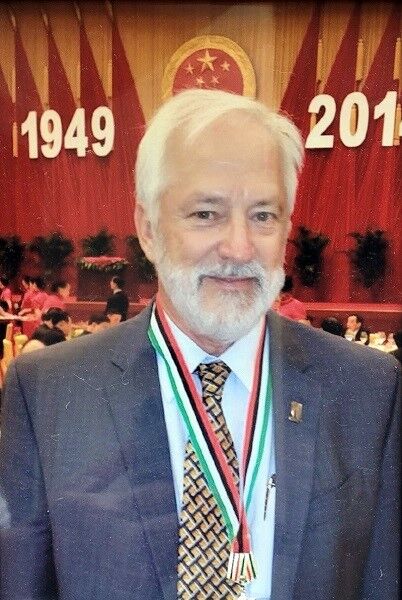
Throughout this year, despite the fluctuations in Sino-U.S. relations, the call for enhanced cooperation between the two countries, especially in addressing climate change, has been growing louder.
In 2023, extreme weather has reached unprecedented levels. Unprecedented heatwaves sweep across the globe during summer, causing rare floods in northern China and California, USA. Climate change and global warming are no longer mere predictions but a stark reality unfolding.
For American agriculturalist Professor Thomas Lumpkin, who served as the Director of the International Maize and Wheat Improvement Center (2008-2016), these events significantly impact his life. Two years ago, on June 28, amidst extreme heat, he collapsed outdoors on his farm in Washington State, where the temperature reached 50℃ that day. “I’ve lived in Washington State for nearly a lifetime and never experienced such extreme weather,” he told a journalist from Today’s China.
Professor Lumpkin likens the global warming effect to slowly boiling a frog, where people often fail to realize the severity of the situation until it’s too late. “We, like those frogs, have been ignoring the Earth’s ongoing temperature rise.”
The World Meteorological Organization confirmed July 2023 as the hottest month on record globally. “All of this is completely consistent with predictions and repeated warnings. The only surprise is the speed of climate change. It’s here, it’s frightening… the era of global warming is over, the era of global boiling has arrived,” emphasized UN Secretary-General Guterres on July 27, urging countries to take swift action.
With climate change impacting food security and other factors, Professor Lumpkin has dedicated over four decades to increasing global food production through agricultural technology while enhancing nutritional content. He believes agricultural scientists can breed crops resistant to heat, drought, and pests. However, achieving sustainable agricultural development in the long term requires a comprehensive global plan to significantly reduce greenhouse gas emissions in response to climate change. Thus, he asserts that global collaboration is a prerequisite for effective response, necessitating Sino-U.S. cooperation to lead the world in addressing climate change.
Forming a Bond with China
Four decades ago, Lumpkin studied at Zhejiang Agricultural Sciences Academy. The warm moments of collaboration with Chinese colleagues remain etched in his memory. “My colleagues, those Chinese scientists, were especially good people, very friendly, and they helped me a lot. During that time, I made some of the best friends of my life,” he told a journalist from Today’s China. “Those senior professors sheltered me under their wings, guiding my research. I felt particularly warm.”
In 1976, Lumpkin first came to China as a graduate student in agricultural studies at the University of Hawai’i. He was particularly interested in the application of “green manure” in traditional Chinese agricultural cultivation. Green manure, a fertilizer made from plants, has a Chinese agricultural saying, “Green manure for three years turns barren land into fertile fields,” which exemplifies its effectiveness. In 1979, after the formal establishment of Sino-U.S. relations, Lumpkin applied for a study program funded by the National Science Foundation of the United States and arrived in China in August of that year. He researched Azolla, a type of fern used as green manure, at Zhejiang Agricultural Sciences Academy. His research in China continued for two years.
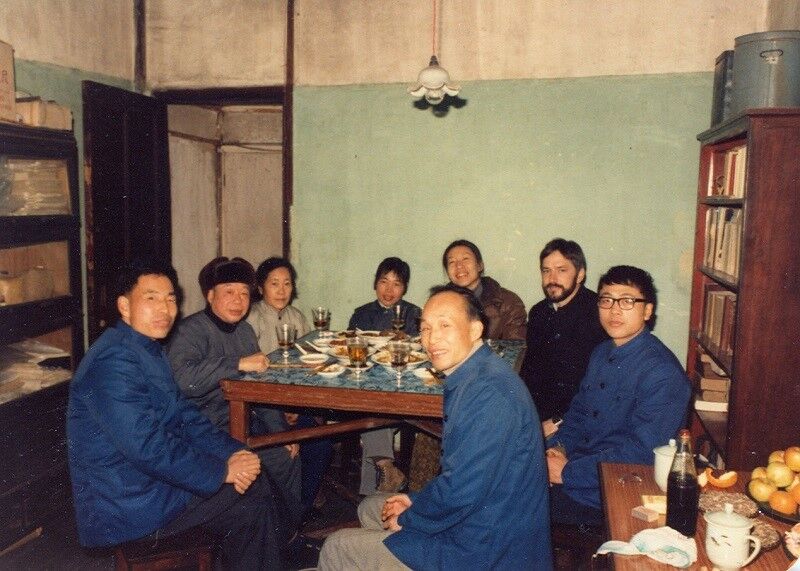
During his time in Zhejiang, Lumpkin and his family lived in the Hangzhou Hotel, where his toddling son became the darling of everyone. “He was the little star there, everyone loved him. Whenever we dined at the hotel restaurant, the chefs would often rush out and take him to the kitchen. When the child came out, he had a bun in each little hand, incredibly happy,” Lumpkin said. “I completely trusted those chefs. Despite knowing that the kitchen was risky for a child, I fully believed they could take care of my child well.”
Lumpkin’s interest in traditional Chinese farming techniques dates back to the early 1970s when he volunteered in a remote village in India. Due to India’s strict caste system, the villagers, known as “untouchables,” were at the bottom of Indian society. They were extremely impoverished, lacking even fertilizers for farming, resulting in very low crop yields. As Lumpkin sought solutions to assist them, he came across traditional Chinese farming methods employing green manure. He attempted using green manure to help increase crop yields for the Indian villagers, resulting in a fivefold increase.
Azolla grows horizontally in rice paddies while rice grows vertically, thus not competing with each other. This allowed crops to absorb the nitrogen nutrients released by the ferns in the soil. This traditional Chinese agricultural method fascinated Lumpkin, prompting him to apply to study green manure systematically in China. “Excessive use of chemical fertilizers harms the soil, making it hard and disrupting its organic environment. Green manure, on the other hand, nurtures the soil with millions of organisms and microbes, greatly benefiting crop growth.”
Lumpkin collected all available scientific literature and materials on Azolla in China. With funding for a research project, he traveled worldwide to collect all seven species in this plant genus (China had only one), completing his work titled “Azolla as a Green Manure: Use and Management in Crop Production,” which has become a classic reference in the field.
Pushing for international agricultural cooperation and ensuring global food security
Speaking of global food security, the contributions of Professor Lumpkin’s good friend and Nobel Peace Prize-winning American agriculturalist Norman Borlaug are particularly noteworthy. Borlaug was also the founder of the World Food Prize.
Over 70 years ago, with support from the Rockefeller Foundation and the Mexican government, Borlaug developed high-yielding varieties of wheat that were resilient to environmental stressors while being disease and lodging-resistant through a trial project. This project later expanded to become the International Maize and Wheat Improvement Center (CIMMYT). As an international organization, CIMMYT currently collaborates with many countries worldwide. In the 1950s, these high-yielding wheat varieties helped Mexico achieve wheat self-sufficiency, later aiding India and Pakistan in averting famines. The dissemination of these improved wheat varieties in developing countries, along with corresponding improvements in farming practices, was termed the “Green Revolution.”
According to media reports, Borlaug’s contributions to increasing global food production saved nearly a billion people from starvation, earning him the title of the “Father of the Green Revolution.” Also, due to this outstanding contribution, he was awarded the Nobel Peace Prize in 1970.
In order to cultivate new dwarf wheat varieties suitable for lower latitudes, Borlaug came to Washington State University. At that time, Ramping had already obtained a doctoral degree from Washington State University and was teaching there. ‘Borlaug collaborated with wheat breeding experts at Washington State University, studying and cultivating new varieties by utilizing Japanese dwarf wheat from higher latitudes. He took these dwarf varieties to lower latitude Mexico. The new high-yielding dwarf wheat varieties he bred are highly adaptable and can grow anywhere,’ Ramping said. This ‘dwarf’ characteristic significantly improved wheat production because when wheat plants grow very tall and have large ears, they are prone to lodging and rotting. ‘In the late ’80s and ’90s, he would come to Washington State University almost every year, and sometimes we would talk all day. I have experience in agricultural research in China and India, so we often discussed what kinds of wheat varieties these countries needed,’ Ramping recalled. Ramping’s interaction with Borlaug was one of the reasons he later agreed to take on the role of director at the International Maize and Wheat Improvement Center.
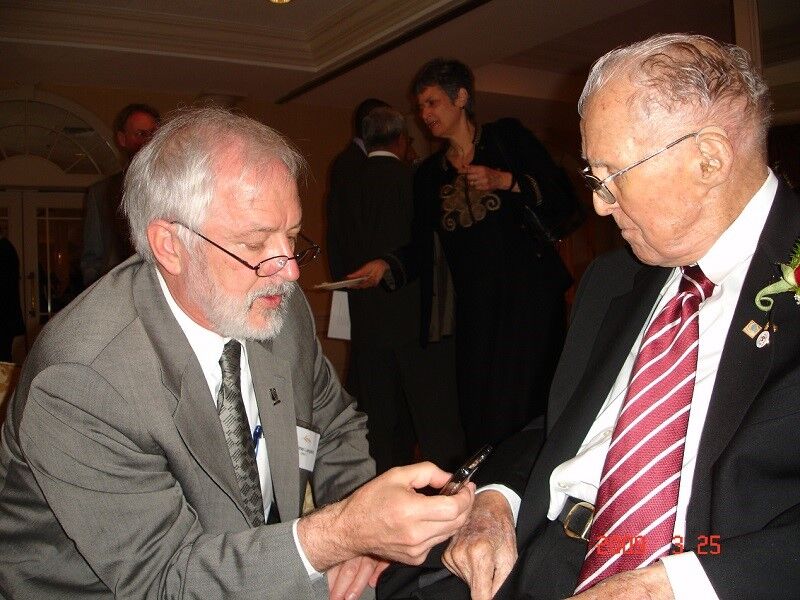
‘These “green revolution” wheat varieties were later introduced to China, either directly used or crossed with local Chinese varieties, playing a significant role in increasing wheat production in China,’ Ramping said. Since the International Maize and Wheat Improvement Center established cooperation with China in 1974, over 30,000 varieties from the gene bank of this international agricultural organization have been introduced to China for breeding research. More than 500 Chinese students and scholars have received training at this organization headquartered in Mexico. In 1997, the International Maize and Wheat Improvement Center established an office in China, further strengthening cooperation between this international organization and China in breeding, genetic research, sustainable farming systems, and training. ‘By utilizing the varieties provided by the International Maize and Wheat Improvement Center, China has developed over 300 new varieties of maize and wheat and disseminated them. The seeds provided by the center are free,’ Ramping said.
At the same time, Chinese researchers trained at the International Maize and Wheat Improvement Center headquarters not only learned new technologies but also forged relationships with agricultural scientists from around the world, further promoting China’s international cooperation in agriculture. ‘These training sessions mainly took place between the 1970s and 2000. Now, China is more about ‘giving’ than ‘taking.’ China not only provides financial support to the International Maize and Wheat Improvement Center but also helps other countries improve agricultural technology through cooperative projects,’ Ramping said.
Sometimes, this international agricultural organization also sends agricultural researchers from around the world to China for training. Due to China’s significant progress in agricultural technology, scientists from China are playing an increasingly crucial role in research projects at the International Maize and Wheat Improvement Center dealing with new diseases and pests.
Due to Ramping’s outstanding contributions to promoting Chinese farming practices globally and fostering China’s international agricultural cooperation, he was awarded the ‘Friendship Award’ by the Chinese government in 2014. ‘Receiving this award, I feel extremely honored. Bringing China’s agricultural scientists, technology, and seeds to the world has brought tremendous benefits globally. These things are important to me,’ Ramping said.
New challenges are imminent
Just as countries worked together to solve the food crisis caused by population explosion, another challenge is gradually approaching. Frequent extreme weather events are giving humanity a taste of the potential devastation climate change could bring to the world. If not addressed promptly, the losses caused by these disasters to humanity would be immeasurable.
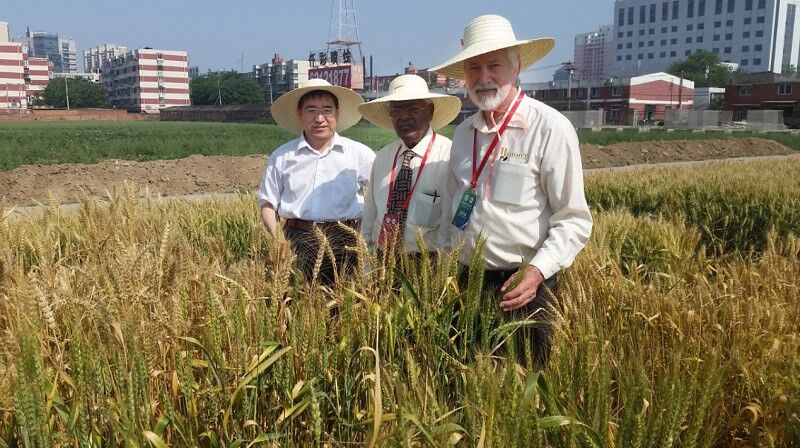
The rise in sea levels is also accelerating. If the world continues on the current path of greenhouse gas emissions, the US National Oceanic and Atmospheric Administration predicts that by 2100, the average sea level in the United States will rise by 2.2 meters, and other parts of the world won’t fare much better.
‘This is a threat to human civilization. If this continues, eventually, our governments and nations will disappear because too many animal and plant species will become extinct, and crops will fail to grow,’ Ramping said. He predicts that climate change will affect crop yields. If global warming remains uncontrolled, by 2099, many countries, including China, will face a 40% decrease in maize production. ‘Maize is very sensitive to nighttime temperatures, and due to the low temperatures at night, maize cannot move further north. Due to climate change, high-latitude areas will be hot during the day but cold at night,’ he explained. Wheat can withstand frost, so it can move north. However, due to the increased concentration of carbon dioxide in the air, the protein, zinc, iron, and other contents of wheat will decrease. Therefore, the nutritional value of wheat will be compromised.
Although agricultural scientists can ensure food security for a certain period by cultivating varieties resistant to heat and drought, Ramping believes, ‘This will only give us a 10 to 20-year buffer. As climate change worsens, plants will ultimately fail to adapt to the environment.’ He further pointed out that the speed at which agricultural scientists can change agriculture cannot keep up with the pace of climate change. Even if some success is achieved at a certain stage, the final result will be a failure if effective action is not taken to control climate change.
However, if China and the United States can cooperate, Ramping believes that the worst-case scenario of climate change can be completely avoided. He feels that China is leading the world in many areas of green development, ‘China is rapidly developing in solar and wind energy. However, many countries in the world, including the United States, are not doing enough in clean energy.’
The recent tensions in US-China relations are concerning, but Ramping remains optimistic because he has confidence in the ancient wisdom contained in Chinese culture. He praised China’s active efforts in promoting South-South cooperation to address climate change and the significant development achievements made in the past 40 years. He attributed these to the governance wisdom deeply rooted in ancient Chinese civilization: governance through virtue and development centered on the people. He particularly admired China’s collectivist culture, ‘Most Chinese have a sense of cooperation and are good at collaboration, which often turns China’s development plans into reality.’
Ramping’s current focus is primarily on addressing climate change. Through various forms of activities worldwide, including lectures and sharing experiences, he promotes measures to tackle climate change. As he put it, if we do nothing now, we will be the culprits for future generations. Currently, he is also advocating for cooperation between China and the United States in agricultural genetic technology and climate change mitigation, considering this cooperation crucial for the entire world.
As an agricultural scientist, Ramping’s entire career has been dedicated to promoting international cooperation ‘to ensure the world has enough nutritious food to meet everyone’s needs.’ Now, he believes that the entire world must unite and cooperate to collectively address climate change.
Through international cooperation, human society has cultivated high-yielding crop varieties and improved farming practices, thus avoiding the food crisis that the population explosion might have brought. Similarly, through international cooperation, human so ciety should be able to avoid the crisis that climate change could bring to the world.



